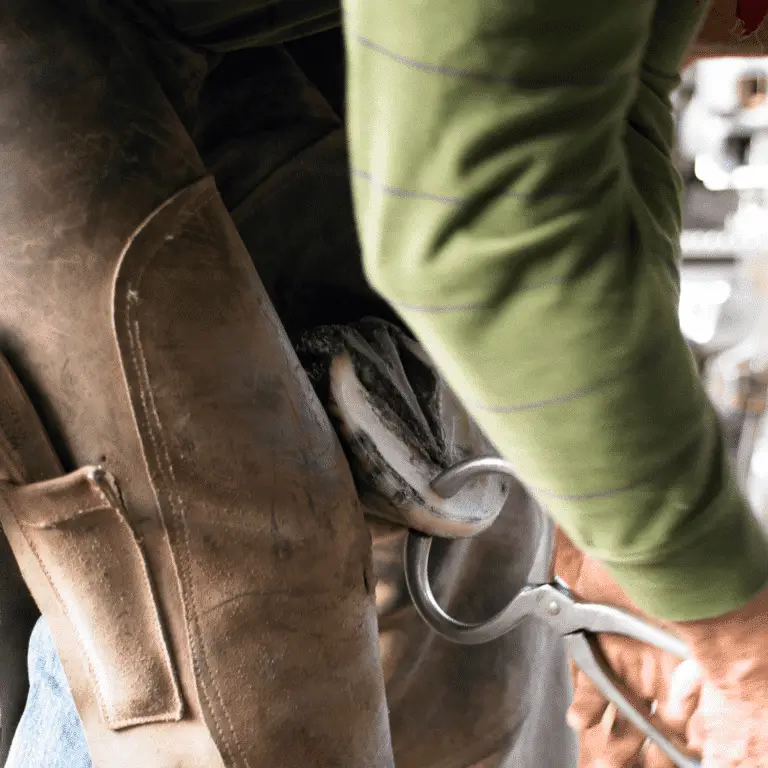Sheared heels can be defined as a hoof capsule distortion resulting from displacement of one heel bulb proximally relative to the adjacent heel bulb. When looking at an affected horse’s hooves from the rear, you will be able to see that the coronary band is not level; the line over the affected heel is higher than the normal heel.
Sheared heels are most likely caused by abnormal forces being placed on one side of the foot and are seen frequently in horses with abnormal limb or foot conformation on the affected foot or feet.
